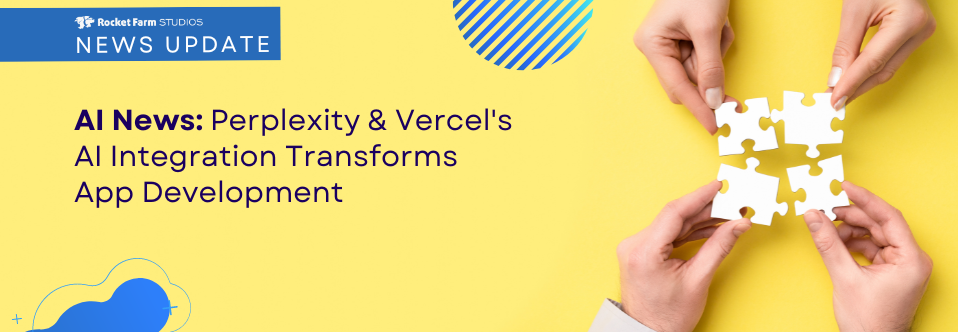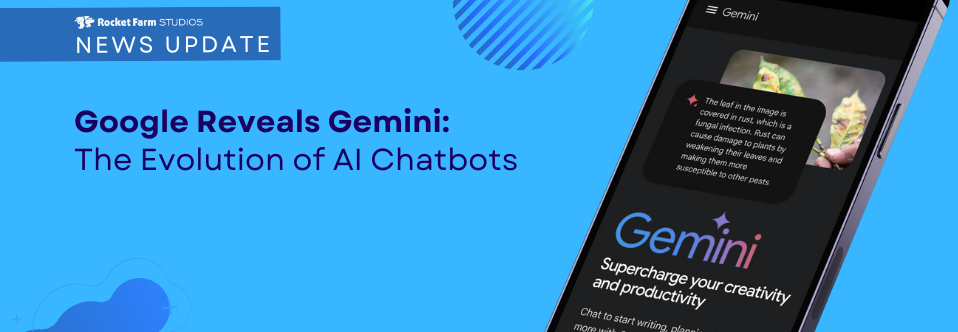Download our E-BOOK
AI’s Growing Appetite for Electricity
May 14, 2024
by Will Kramer
The rapid expansion of artificial intelligence (AI) technologies is poised to become a significant factor in global electricity consumption. According to a recent report by the International Energy Agency (IEA), the world’s electricity demand could reach up to 800 terawatt-hours (TWh) by 2026, driven in large part by the proliferation of dedicated AI data centers.
Rising Energy Demand from AI Data Centers
In 2022, AI data centers contributed a relatively small portion to the global electricity consumption. However, as AI continues to advance and become more integrated into various sectors, its energy footprint is expected to grow substantially. By 2026, AI data centers could consume nearly as much electricity as cryptocurrencies, which are already notorious for their high energy demands.

Chart: The Economist
The IEA’s chart, highlighted by The Economist, illustrates this stark increase in energy consumption. The forecast shows that dedicated AI data centers will significantly add to the overall electricity demand, alongside traditional and cryptocurrency data centers.
Comparison with Cryptocurrency and Conventional Data Centers
In 2022, conventional data centers and cryptocurrencies were the primary drivers of data center electricity consumption. Conventional data centers consumed the bulk of the electricity, followed by cryptocurrencies. However, by 2026, the landscape is expected to shift dramatically. AI data centers will emerge as a major consumer of electricity, potentially rivaling the energy consumption of cryptocurrencies.
This surge in energy demand is linked to the increasing complexity and scale of AI operations, which require vast computational power and continuous processing capabilities. As AI models become more sophisticated, the need for dedicated, high-performance data centers grows, contributing to the rising energy consumption.
Implications and Sustainability Concerns
The anticipated increase in electricity consumption by AI data centers raises significant sustainability concerns. The tech industry faces mounting pressure to develop energy-efficient solutions and adopt renewable energy sources to mitigate the environmental impact. Companies are exploring various strategies to address these challenges, such as optimizing data center operations, investing in energy-efficient hardware, and integrating AI-driven energy management systems.
The Future of Energy Consumption in Tech
As AI continues to evolve, its impact on global energy consumption will become increasingly significant. The forecasted rise in electricity demand underscores the need for proactive measures to ensure that the expansion of AI technologies does not come at the expense of the environment.
Industry leaders and policymakers must collaborate to develop and implement strategies that promote energy efficiency and sustainability in AI data centers. This includes adopting best practices for data center design, leveraging AI for energy optimization, and prioritizing investments in renewable energy sources.
The journey towards a sustainable tech industry is complex, but with concerted efforts, it is possible to harness the benefits of AI while minimizing its environmental footprint. The future of AI-driven innovation hinges on the ability to balance technological advancement with sustainable energy practices.
For further insights into the growing energy demands of AI data centers and the tech industry’s response, visit the IEA’s report.
Ready to turn your app idea into a market leader? Partner with Rocket Farm Studios and start your journey from MVP to lasting impact.”
Teams for App Development
We help companies build their
mobile app faster with go to market strategy

Technology and UX Audits

Early Design Sprints

MVP Creation

App Store

Growth Teams

Get Started
Download Our Free E-Book
Whether you’re launching a new venture or scaling an established product, Rocket Farm Studios is here to turn your vision into reality. Let’s create something extraordinary together. Contact us to learn how we can help you achieve your goals.



